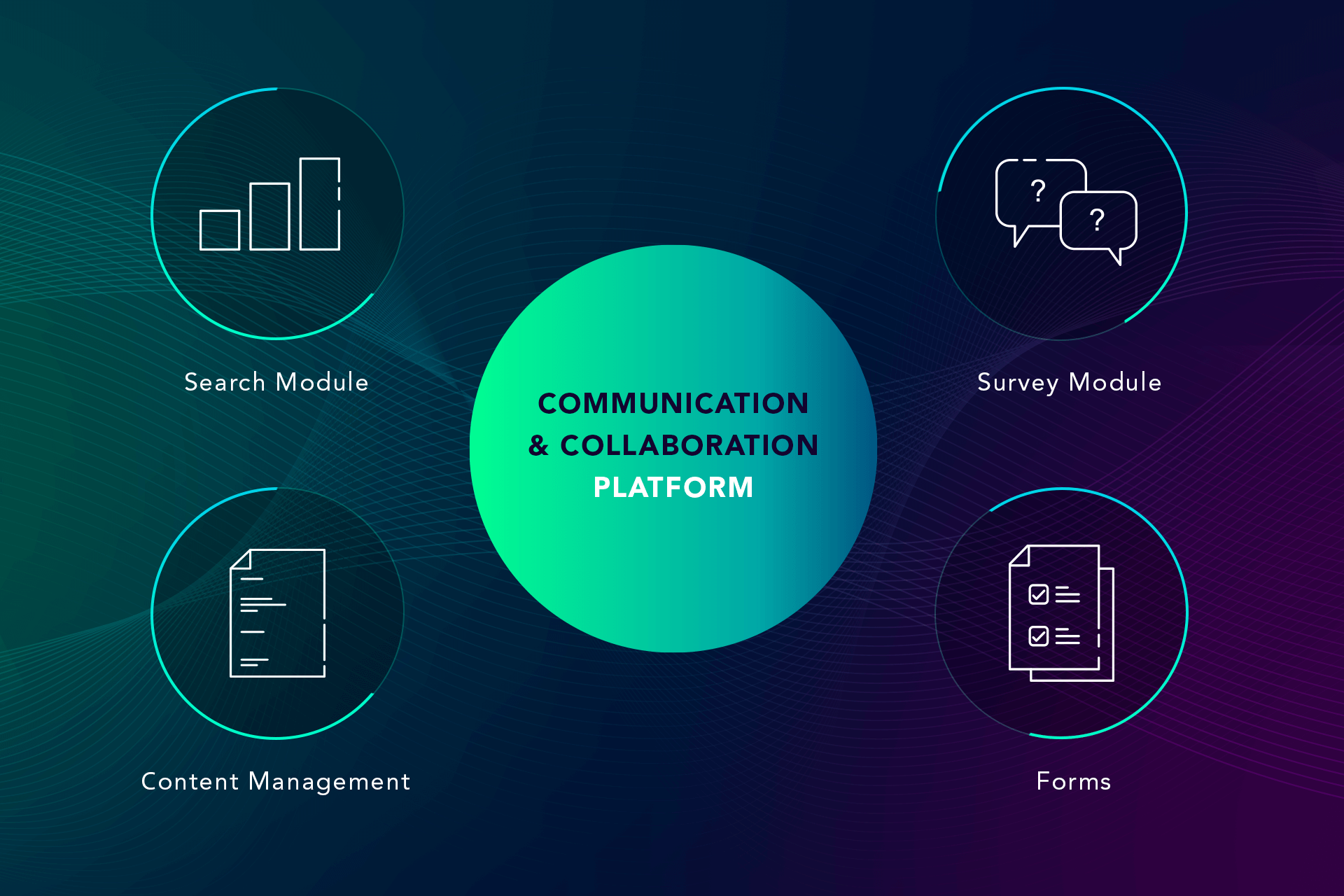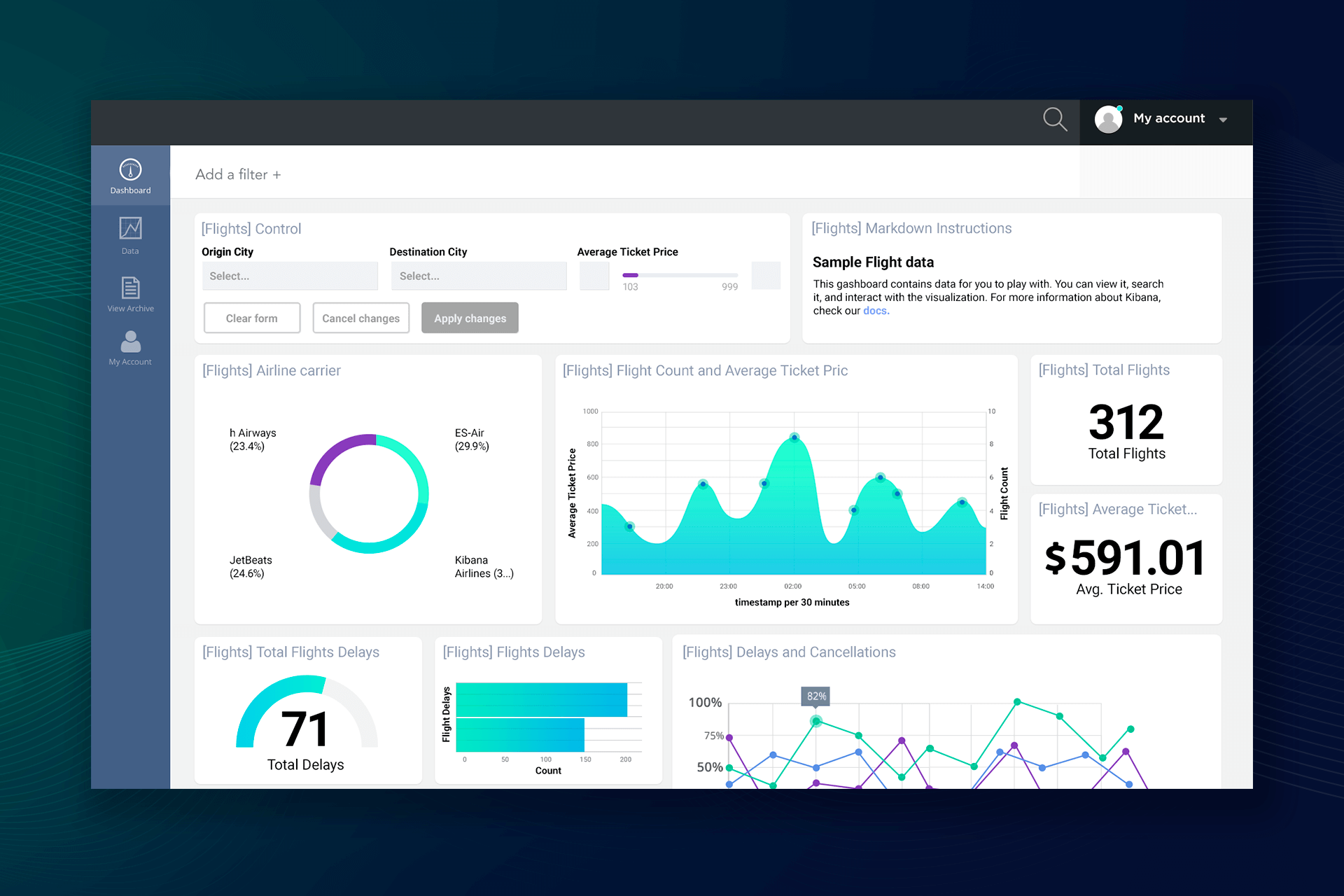The communication & collaboration platform was developed by Softengi for one of our customers from the public sector who decided to remain undisclosed.
Сhallenge: The customer aimed to create a centralized database of the internal and external documents to reduce repetitive operations and mistakes connected to the document flow. The client also wanted to improve the overall level of communication and collaboration between multiple offices and unify all the communication channels.
An advanced level of security was one of the most important requirements, considering the risks of a data breach in the public sector.
Solution. Essentially, it is a web portal solution that meets the highest security standards and thus can be used in public and private business sectors with zero risks. Web portal development opens a number of opportunities for any business to improve the level of interaction inside the company.
Functionally, the communication and collaboration solution is designed for the business and public sectors:
- Business Sector. Large corporate (closed) portals for the automation of operational processes (ordering services) informing employees, facilitating communication, and interaction of the employees located in different countries and offices;
- Public Sector. They include both a public part for unregistered users and an internal part for the organization’s employees (civil servants). Depending on the users a communication & collaboration platform will have different levels of rights and access. In this case, the interaction of the public and private parts of the portal is presupposed along with transparent processes.
This communication and collaboration or a web portal solution has a module system for more effective implementation and faster deployment. Each of them is created for a certain goal.
Web Portal Solution Content Management Module
The collaboration & communication solution is basically created for secure information storage and categorization. The CMS block is different from free CMS systems, such as WordPress or Wix, as it offers an advanced level of security. How is this advanced security level achieved? The architecture of the application consists of three blocks:
- Private Services – designed to create and manage content;
- Public Services – designed to serve portal users;
- DataBase – a common database acts as a link of service blocks.
Data moves in one direction: Administrators -> Private Services -> DataBase -> Public Services -> Portal visitors. This approach guarantees 2 levels of security:
+ 1st level of security. We block the ability to change the content from the public part (even if someone manages to enter the database through the portal, he/she will still not be able to change the content). If you need integration with a third-party service to receive data, then it is connected via the database

+ 2nd level of security. At the network level, we restrict data transmission channels. For user-portal communication, restriction through Nginx, for portal-database communication through a limited number of ports). Dropbox and Netflix are good examples of the successful implementation of Nginx for data security.
The Content Management module allows the creation and editing of pages, managing the publication of pages, and controlling access to the page for portal visitors. The built-in visual designer allows you to create or update the page structure by dragging & dropping functional parts of the page, then, if necessary, customize their styles and set the behavior of the page elements with the ability to view the result directly in the designer.
A set of layouts, page templates and page parts allows you to place any type of content on the portal pages. Users have the ability to edit existing and create new templates, and control the availability of the template for one portal or for all connected portals. The ability to edit templates allows the developer to adapt the template for specific tasks, whether it’s the layout features, the behavior of elements or the content of the portal. An important part of the CMS is also the localization tool, which allows you to quickly manage the localization of all connected portals from a single partition using common localization elements.
Web Portal Solution Search Module
The Search module is developed based on ElasticSearch and is one of the additional (plug-in) components of the solution, which allows portal visitors to perform full-text and advanced searches on its pages.
Using Kibana, it’s possible to visualize the statistics and analytics of search queries on the portal. This component allows the portal administrator to view statistics on event logs and error logs in order to analyze the health of the portals.

Web Portal Solution Secure Survey Module
What is a secure survey module? Most businesses and public institutions need to conduct regular surveys, and they often use mass-market solutions for that, such as Survey Monkey or Google Forms, which is irresponsible in terms of security.
The secure survey module developed for a communication & collaboration platform is a plug-in component of the solution and is designed to conduct thematic surveys on the portal to collect valuable data. The built-in designer will help to create a questionnaire for different types of surveys with the ability to use different types of answers to questions as well as the ability to form groups of questions.
The module allows you to control the settings and the progress of the survey. The user is given the opportunity to set the polling period, designate a list of respondents, and start and end.
Web Portal Solution Forms Module
Form Module. The Form module is a plug-in component of the solution, implemented on the basis of the Form.io form designer, and is designed to organize the collection of applications or requests in a given form through a public portal.
For example, a feedback form or a form of visitor’s appeal, which contains the name, telephone, subject of the message, message text, captcha, etc. The designer tool allows you to implement a form of varying complexity using different types of information fields.

The communication & collaboration platform was developed for a public organization that helped the client to reach many business goals. First of all, the communication inside the institution, which was often performed via numerous insecure messages, moved to one platform, making data breaches impossible. Secondly, the company managed to create an electronic database of documents, reducing the paperwork to the minimum and making redundant operations impossible. Many business operations were automated, and it became possible to analyze processes and visualize the data with the help of dashboards.
PEOPLE ALSO READ

WhTech-WMS: Warehouse Management Software
With WhTech-WMS you can manage access and always know the location of your assets. It allows you to create custom reports and keep an eye on real-time alerts due to crashes or emergencies which gives you the opportunity to always monitor and understand the status of your equipment.

Police Records Management System For Caribbean Countries
Softengi designed, built, and installed the Police Records Management Information System (PRMIS) for the Caribbean region.

Industrial Asset Tracking: IoT Solution on Guard of Coal Mines
Softengi developed an IoT system that retrofits mining facilities with real-time underground tracking, automated dynamic gas detection, advanced connectivity, and alarm.

